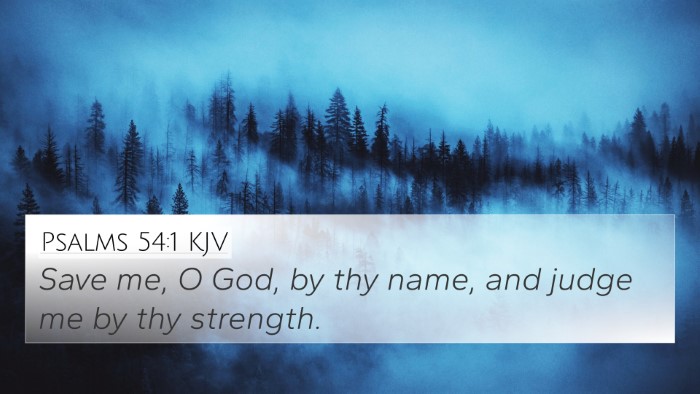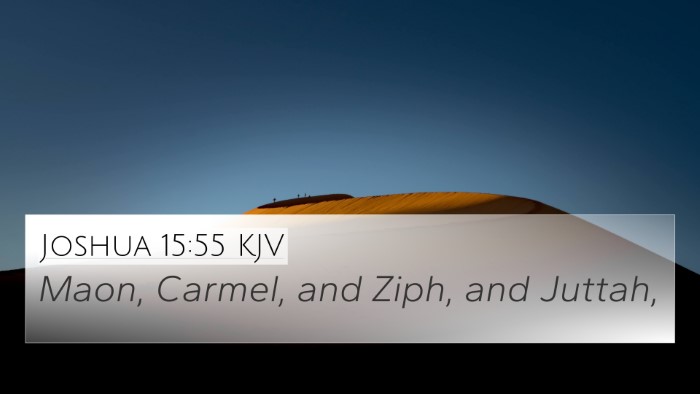Understanding 1 Samuel 26:1
Verse: “And the Ziphites came unto Saul to Gibeah, saying, Doth not David hide himself in the hill of Hachilah, which is before Jeshimon?” (1 Samuel 26:1)
Overview
This verse brings to light the ongoing conflict between Saul and David, showcasing the Ziphites’ betrayal of David by informing Saul of his whereabouts. The context emphasizes themes of loyalty, fear, and divine providence in the life of David as he navigates the treachery and challenges posed by Saul and his supporters.
Commentary Insights
Matthew Henry’s Commentary
Matthew Henry discusses the implications of the Ziphites' actions, highlighting their betrayal as an act of disloyalty against David. He points out that the Ziphites may have sought favor with Saul, reflecting human tendencies to associate with power. The mention of Hachilah also suggests the geographical tension in the struggle for Israel’s kingship.
Albert Barnes’ Notes
Albert Barnes expands on the significance of this event, noting that it epitomizes the vulnerability of David despite being chosen by God. The verse serves to remind readers of the constant threat David faces from Saul, illustrating the trials of leadership and the importance of divine assistance in overcoming seemingly insurmountable obstacles.
Adam Clarke’s Commentary
Adam Clarke delves into the motives behind the Ziphites' disclosure, suggesting that their actions might have been motivated by self-preservation or ambition. He reflects on the character of David and his ongoing trust in God's protection amidst adversity, portraying him as a symbol of righteous endurance in the face of treachery.
Cross-References
Several Bible verses resonate with the themes presented in 1 Samuel 26:1:
- 1 Samuel 23:19-20 - Ziphites betray David previously.
- Psalm 54:1-3 - A plea for help against David's enemies.
- 1 Samuel 24:1 - Saul pursues David in the wilderness.
- Proverbs 29:25 - Fear of man leads to snare.
- Psalm 37:32-33 - The wicked watch the righteous.
- Matthew 10:36 - A man's foes will be those of his own household.
- 2 Samuel 15:12 - Ahithophel’s counsel against David.
Thematic Connections
This passage links closely to broader biblical themes such as:
- Betrayal and Loyalty: The Ziphites' actions highlight the complexities of loyalty in the face of power.
- Divine Protection: David's faith in God’s sovereignty is tested amidst adversity.
- Conflict between Good and Evil: The struggle between Saul and David foreshadows the challenges of leadership in righteousness.
Applying the Insights
For those studying the Bible, utilizing tools for cross-referencing can enhance understanding of these themes. Here are a few methods:
- Bible Concordance: Use a concordance to find related verses based on keywords.
- Cross-reference Guides: Many investments offer detailed cross-references for diligent study.
- Scriptural Comparisons: Engage in comparative studies between narratives, such as those of David and Saul.
Conclusion
1 Samuel 26:1 stands as a poignant reminder of the complexities within biblical narratives, revealing deep themes of betrayal, divine oversight, and the human experience in seeking safety and favor. By employing cross-referencing methods, one can uncover layers of meaning shared across Scripture, enriching one's understanding of these timeless lessons.







